How to Become a Fashion Designer?
Want to leave your mark in the fashion industry? Our guide on how to become a fashion designer will help you navigate your path from dreams to reality.
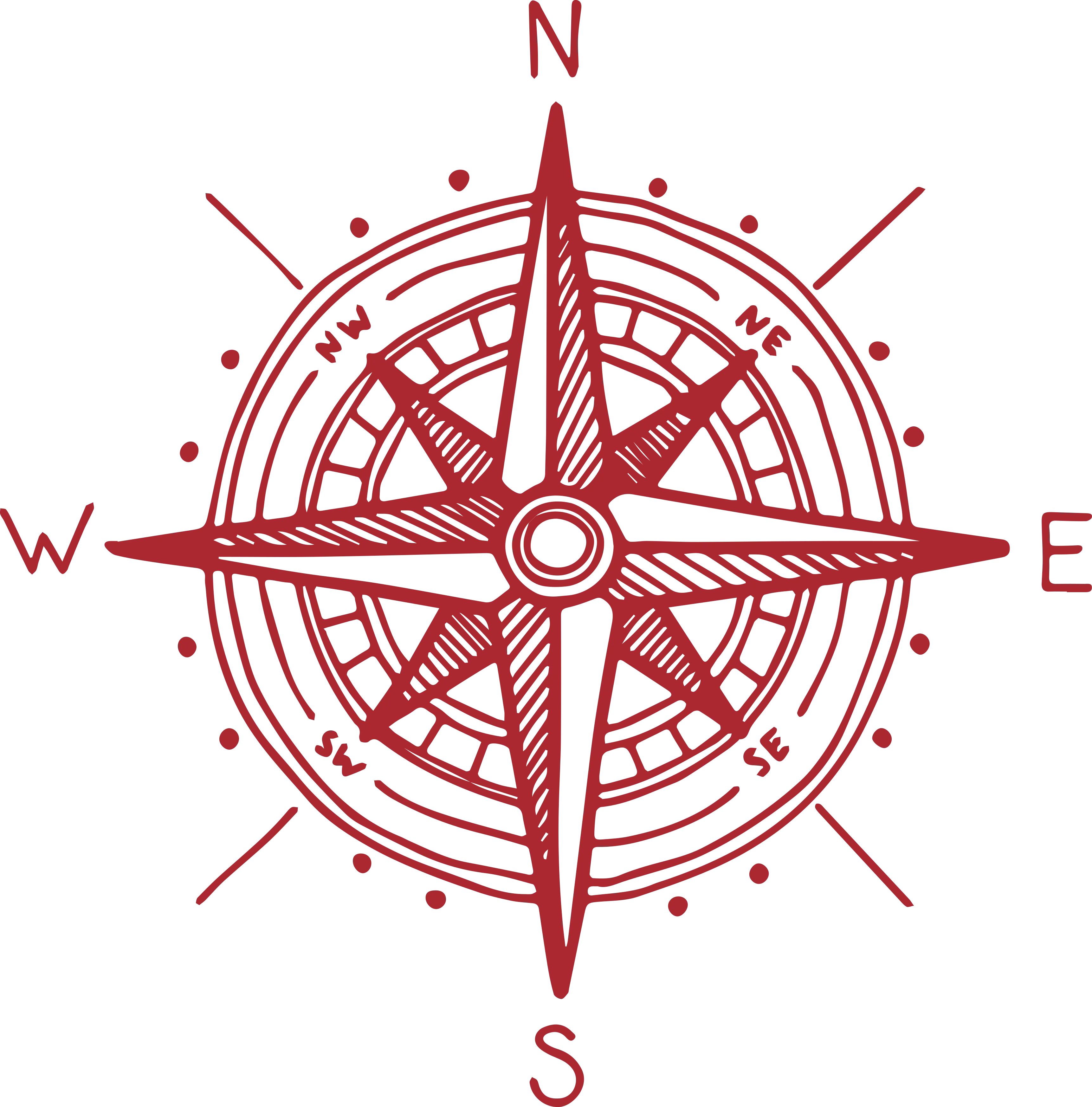
In this Career Outline
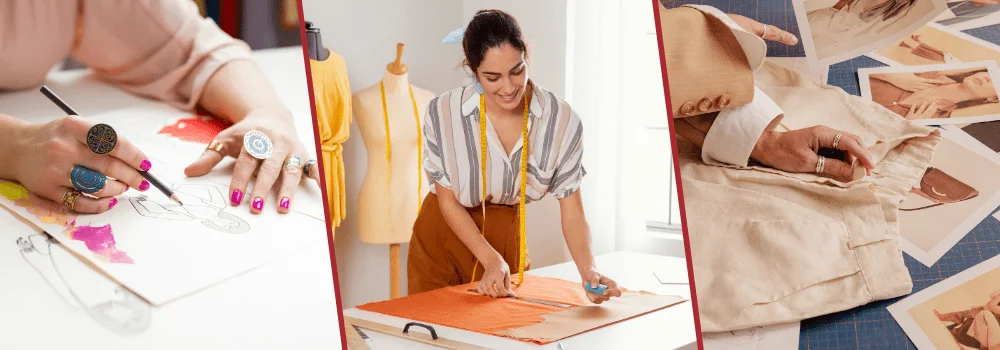
Introduction to Fashion Designer
"Fashion is the most powerful art there is. It’s movement, design, and architecture all in one." — Virginia Woolf
Fashion designers have a unique presence in our society. Their creativity and imagination influence how people look, as well as the culture and societal climate. They enjoy researching fashion patterns, sketching sketches, selecting fabrics, and being involved in all facets of their designs' creation. They help to produce millions, if not billions, of items of apparel and footwear that are bought by customers per year. Branding and advertisements are used by fashion designers to advertise themselves. Many fashion designers promote their wares across fashion magazines as well as their own retail shops.
Steps to Become a Fashion Designer:
Step-1
Start by immersing yourself in the fashion world through magazines, blogs, and social media. Understanding current trends and iconic designs will fuel your passion.
Step-2
Enroll in a fashion design course or degree program. Look for institutions with strong industry connections and hands-on training.
Step-3
Create a diverse portfolio showcasing your designs, sketches, and completed projects. This will be crucial for job applications and internships.
Step-4
Look for internships or part-time jobs in fashion houses or with established designers. Real-world experience will enhance your skills and build your network.
Step-5
Attend fashion shows, exhibitions, and workshops. Networking can unlock job opportunities and foster collaborations.
Step-6
Fashion is ever-evolving. Keep abreast of new trends, technologies, and market demands to stay relevant.
Step-7
Establish an online presence through social media and a personal website. Showcasing your work and brand will attract potential clients and employers.
Eligibility Criteria
| Eligibility Criteria | Description |
|---|---|
| Eligibility | Must possess at least 50% aggregate from a recognized institution (PUC/CBSE/ICSE/ISC, etc.) |
| Educational Background | High school diploma or equivalent. |
| Undergraduate Degree | A Bachelor's degree in Fashion Design, Fashion Merchandising, or Visual Arts is advantageous, offering a broad overview of related fields. |
| Postgraduate Degree | M.F. Tech in Fashion Design for advanced knowledge and career growth. |
| Entrance Exams | Valid score in entrance exams such as NIFT, NID, DAT, CEED, AIEED, UCEED, or SOFT; some colleges have their own exams. |
- Obtain at least 50% in 12th grade from any recognized board (PUC/CBSE/ICSE/ISC). Cut-off marks vary by college.
- A Bachelor's degree in Fashion Design or Visual Arts is useful but provides a broad overview rather than a focused study in Fashion Design.
- Achieve a valid score in Entrance exams after 12th like NIFT, NID, or AIEED. Some colleges have their own exams if scores are unsatisfactory.
- Obtain a degree, diploma, or certification from a recognized institution to become a Fashion Designer.
- An M.F. Tech in Fashion Design can be beneficial for advanced study and career growth.
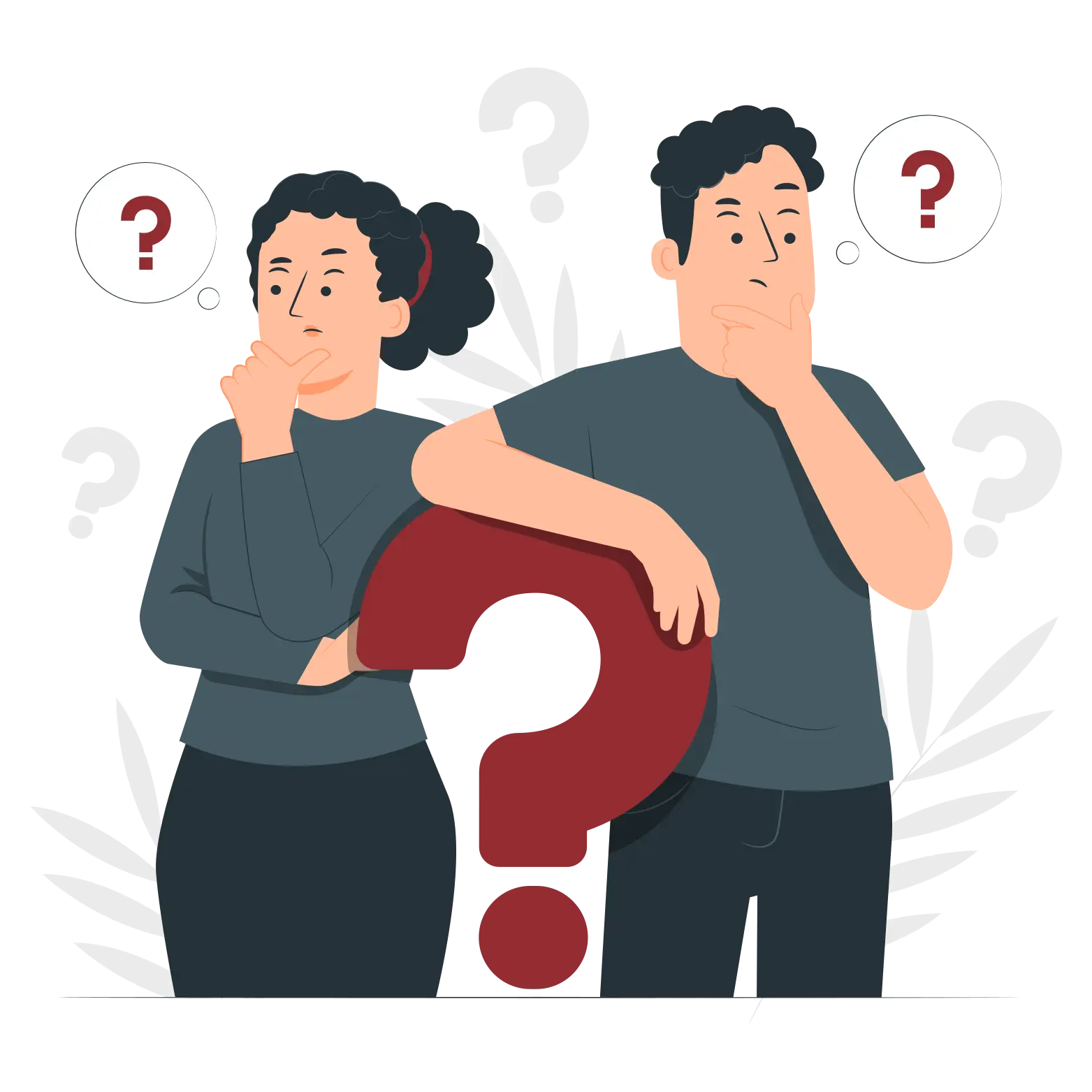
Not eligible to pursue this career?
Find out different career options based on your current academic accomplishments. Enquire with our career experts and build a roadmap to your career success!
Tasks to perform as a Fashion Designer:
Knowledge & Skills Required
Fashion Designers must possess a wide array of skills to succeed in their careers. Here are the key knowledge areas and skills needed to excel in this field:
| Knowledge Required | |
|---|---|
| Understanding different types of fabrics, their properties, and appropriate uses in fashion design. | Knowledge of color schemes, color mixing, and the psychological effects of colors in fashion. |
| Skills in sewing techniques, pattern making, and garment construction to bring designs to life. | Understanding the evolution of fashion trends, influential designers, and historical fashion periods. |
| Proficiency in using design software like Adobe Illustrator and Photoshop for creating digital designs. | Ability to research and analyze current fashion trends and consumer preferences to inform designs. |
| Skills Required | |
|---|---|
| Creativity | Technical Drawing |
| Fabric Knowledge | Sewing and Garment Construction |
| Trend Analysis | Communication Skills |
Understanding What are soft skills? and why is it important,as they complement technical abilities and enhance overall performance in the field of Fashion Designer.
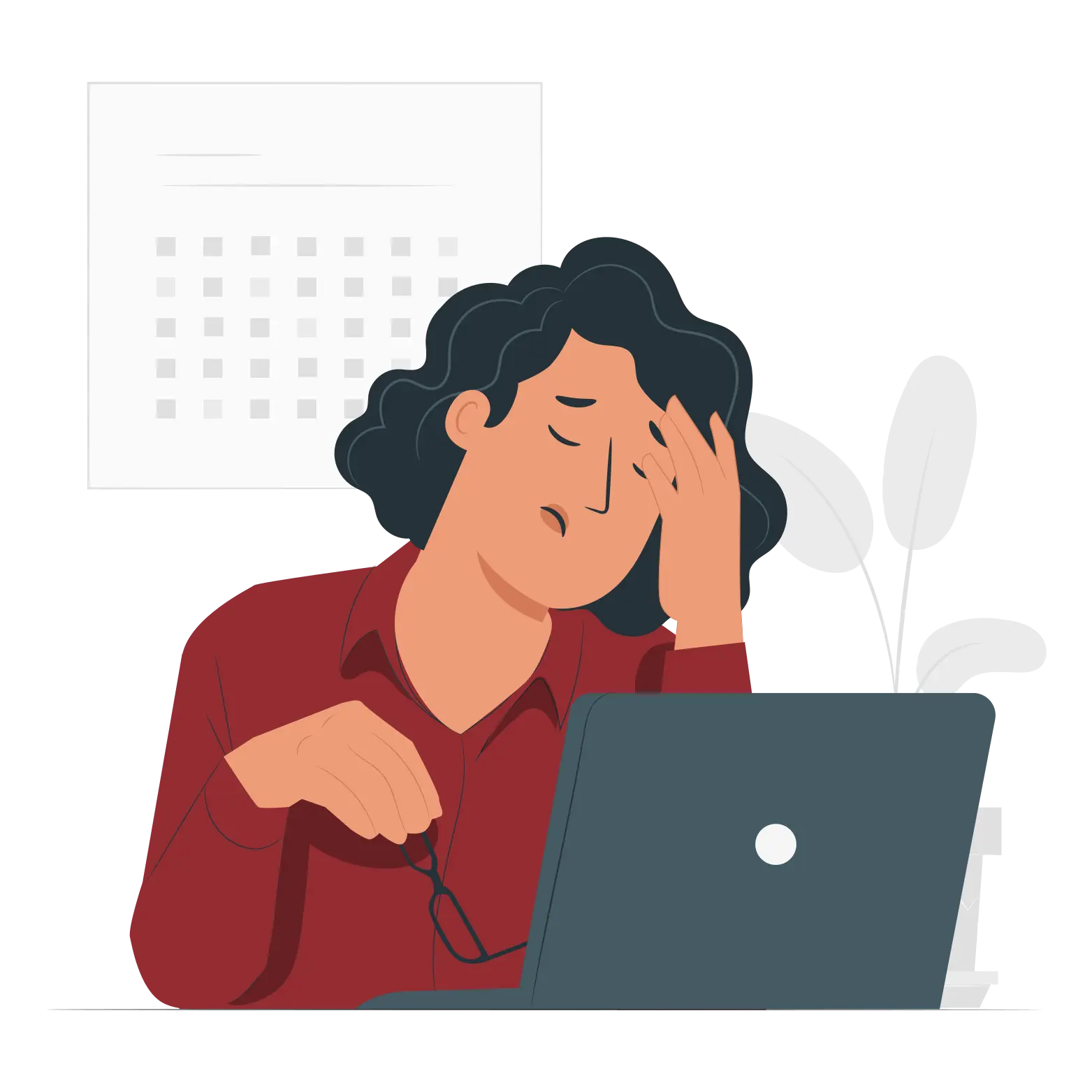
The Knowlegde and Skills don't intrigue you?
Your career may not align with your interests. Identify them and match with careers requiring those skills for faster growth and success!
Job roles offered for a Fashion Designer:
Once you become a Fashion Designer, you have various career options:
Create and produce clothing, forecast fashion trends, design garments, select fabrics, and oversee manufacturing. They seek approval from clients and professionals.
Manage staff, ensure quality customer service, and act as a liaison between management and marketing. They oversee staff, hiring, and sales inquiries.
Senior executives who manage product development, ensure timely and cost-effective delivery, and represent the company's creative vision. They handle schedules, deadlines, and client relationships.
Work with design teams to create patterns for garments, requiring skills in design, repairs, and software like Photoshop and Illustrator. They might create designs for mass production or custom patterns.
Help clients enhance their personal brand through color schemes, fashion advice, and cosmetic tips, often working for private clients or companies.
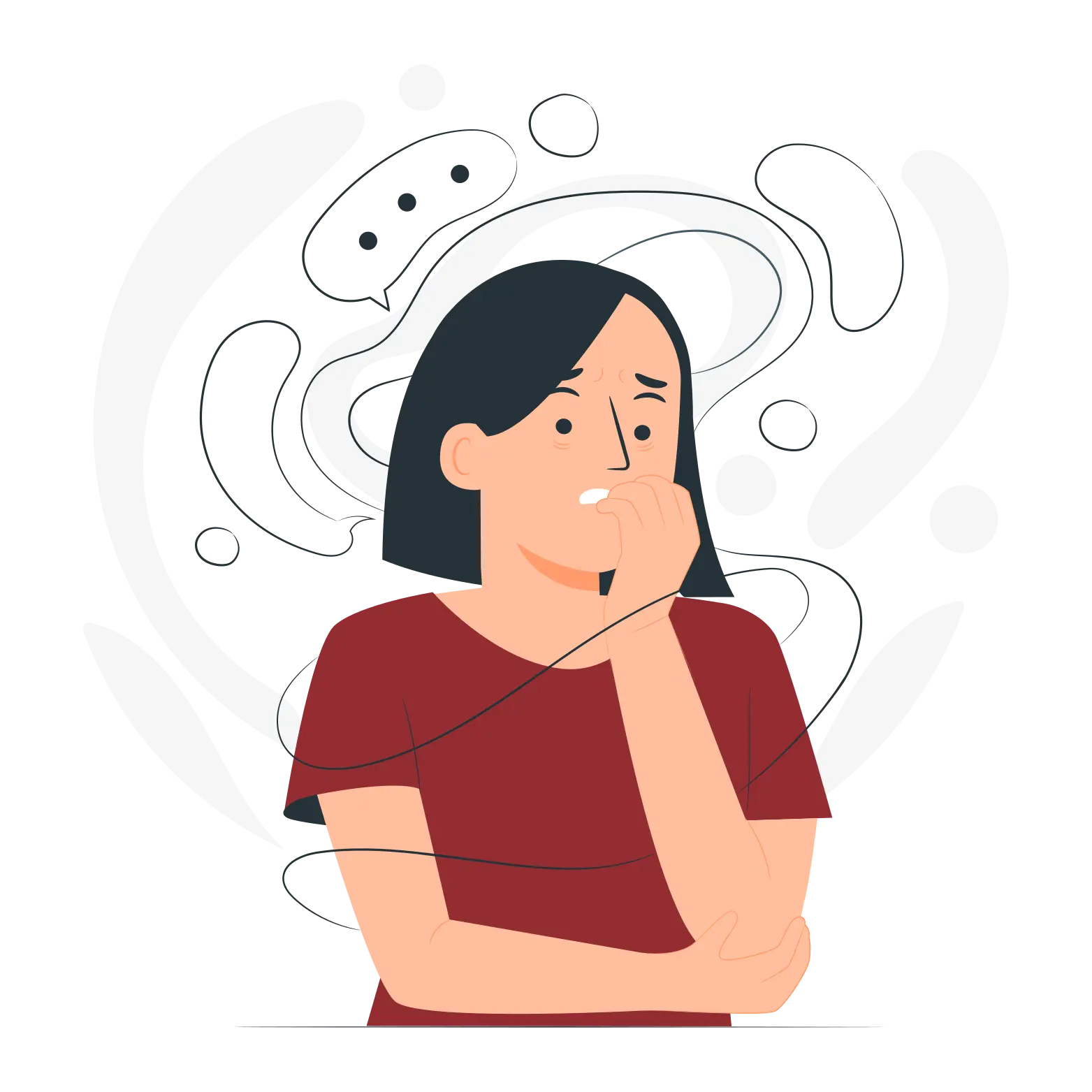
Not sure where you fit in?
With countless career options, choosing the right path can be tough. Analysis and guidance sessions help clarify what to study, pursue, and achieve.
Career Opportunities for a Fashion Designer:
Fashion Designers can opt for various fields of work in the companies listed below:
| AND Fashion | Swarovski | Adidas |
| Allen Solly | Raymond Ltd. | Everblue Apparel Ltd. |
| Reliance Industries | Amazon | Aditya Birla Group |
| Van Heusen | Levi Strauss & Co | Tommy Hilfiger |
| ITC |
Colleges offering courses for Fashion Designer:
Here is the list of colleges offering the Best courses after 12th:
| Army Institute of Fashion and Design, Bangalore | Symbiosis Institute of Design, Pune |
| Vogue Institute of Art and Design, Bangalore | National Institute of Design, Ahmedabad |
| Amity Institute of Fashion Technology, Noida | Pearl Academy, Delhi |
| National Institute of Fashion Technology, Mumbai | International Institute of Fashion Design, Pune |
| Lovely Professional University, Jalandhar | Mount Carmel College Autonomous, Bangalore |
End Note
Starting a career as a fashion designer can be a thrilling journey of creativity and innovation. Whether you're starting after 12th grade or making a mid-career switch, there’s a path for you. Remember, the world of fashion is as dynamic as it is demanding. SetMyCareer is here to guide you with Career counselling after graduation along your career goals, helping you turn your fashion dreams into reality. Connect with our experts today and step confidently into the fashion industry!
In this Career Outline
You don't fit in as a Fashion Designer?
Find out your best suitable career by booking an appointment with our experts
Book nowGet In Touch
No. 14/595, 1st Floor, Nanjappa Reddy Layout, Koramangala 8th Block, Bangalore 560095





